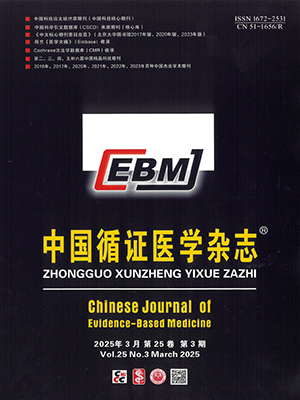Objective To Provide statistical references for disease-based payment reform with Diagnosis Related Groups (DRGs).
Methods Based on 1 969 stroke inpatients from two hospitals in Chongqing city, we used classification and regression trees (CART) of decision tree to establish classification regulations of the case-mix model for stroke inpatients, and multivariate statistical model to evaluate whether the case-mix could provide a satisfactory prediction to costs for stroke inpatients in comparison with the foreign model.
Results ① The classification nodes of our model were surgical procedure, nursing care degree, and hospital infection respectively by which 1 969 stroke inpatients were divided into 5 groups. The classification nodes in foreign model were surgical procedure, age≥50 years, and whether patients would refer to other institutions after leaving the hospitals by which 1 969 stroke inpatients were also classified into 5 groups. ② For medical institutions and the third payers, we found that the data from our model could explain 80.46% of the total costs and 16.58% for individual inpatient, which were higher than that of foreign model (76.87% for medical institutions and the third payers, 9.13% for individuals ).
Conclusions Compared with foreign model, our model is more suitable for the situation in China. The study is only based on 1 969 stroke inpatients from south west part of China, so the conclusion needs further studies to confirm.
Citation: GAO Xiao feng,ZENG Qing,LI You ping,ZHOU Yan rong. Comparative Study of Costs by Case-mix Model for Stroke Inpatients. Chinese Journal of Evidence-Based Medicine, 2005, 05(1): 42-46. doi: Copy
Copyright © the editorial department of Chinese Journal of Evidence-Based Medicine of West China Medical Publisher. All rights reserved




